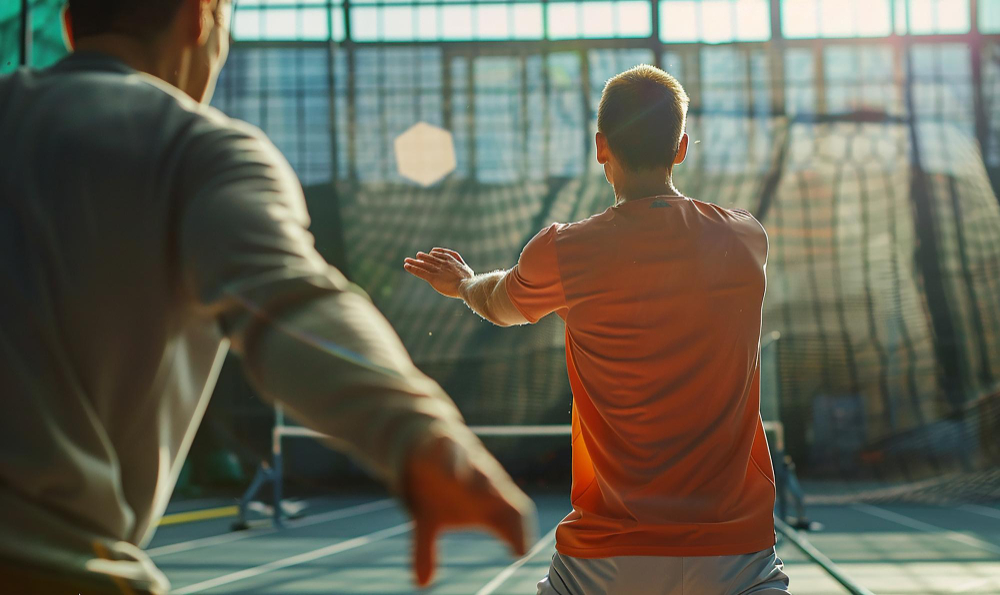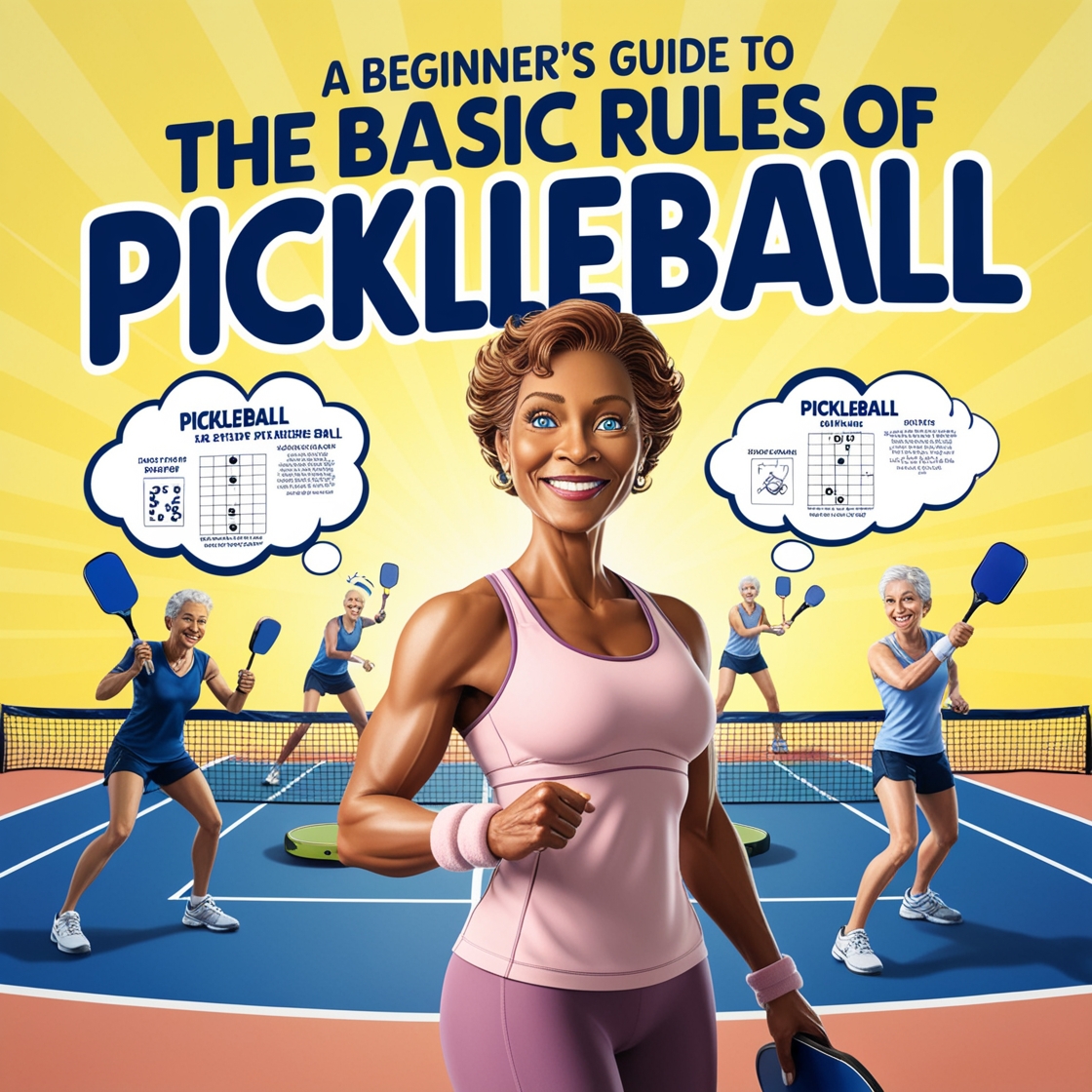Pickleball is a fun and fast-growing sport that blends elements of tennis, badminton, and ping-pong. While it’s easy to pick up and play, understanding its rules can sometimes be tricky, especially when it comes to the serve. A common question among new players and even some seasoned ones is: Can you serve overhand in pickleball?
In this comprehensive article, we’ll break down the rules surrounding the serve in pickleball, explore whether an overhand serve is allowed, and discuss the strategies behind different types of serves. By the end, you’ll have a clear understanding of what constitutes a legal pickleball serve and how to use it to your advantage.
The Official Rules of Serving in Pickleball
Before diving into the specifics of overhand serving, it’s essential to understand the general serving rules. The USA Pickleball Association (USAPA), which governs the official rules of the sport, has set clear guidelines for how a serve must be executed. Here’s what the rules say:
- The Serve Must Be Underhand: According to the official pickleball rules, the ball must be served with an underhand stroke. This means that the paddle must make contact with the ball below the waist level.
- Paddle Position: When the paddle hits the ball, the highest point of the paddle head must be below the server’s wrist. This is another way of ensuring that the serve is truly underhand.
- Foot Placement: The server must keep both feet behind the baseline at the moment of contact with the ball. You cannot step into the court until after the ball has been hit.
- Diagonally Crosscourt: The serve must be hit diagonally into the opponent’s service court.
With these foundational rules in mind, it’s clear that the underhand serve is the only legal serve in pickleball. But what does this mean for overhand serves?
Can You Serve Overhand in Pickleball?
In short, no, you cannot serve overhand in pickleball. The rules explicitly state that the ball must be struck below the waist with an underhand motion. Serving overhand, like in tennis, would be a violation of the rules and would result in a fault.
If you attempt to serve overhand, your opponent will be awarded the point, and you’ll lose your opportunity to serve. This strict regulation on serving ensures that the game remains balanced and prevents players from gaining an unfair advantage with power serves.
Why is Overhand Serving Not Allowed in Pickleball?
Pickleball is designed to be accessible to people of all ages and skill levels, and the serving rules reflect this inclusive approach. The underhand serve makes the game easier to play, particularly for beginners, and keeps rallies going longer. If overhand serving were allowed, it would create a more aggressive style of play, similar to tennis, and might make it harder for less experienced or older players to keep up.
Another reason is that overhand serves would likely lead to more aces (unreturnable serves), which could shorten games. The goal of pickleball is to encourage long rallies and enjoyable gameplay, so the underhand serve rule helps maintain a balanced and competitive environment.
The Difference Between Legal and Illegal Serves
To clarify what makes a serve legal or illegal, let’s break down a few more key points. These will help you avoid committing any faults while serving:
- Legal Serve: An underhand serve where the paddle strikes the ball below waist level, with the highest point of the paddle head below the wrist. Both feet remain behind the baseline, and the ball is hit diagonally across the net into the opponent’s service box.
- Illegal Serve: An overhand serve or any serve where the ball is struck above waist level. Also, if your paddle head is above your wrist at contact or if your foot crosses the baseline before making contact with the ball, it will be considered a fault.
Types of Legal Serves You Can Use
Even though you can’t serve overhand in pickleball, there are still several effective serving techniques that fall within the legal boundaries of the game. Understanding these serve types can help you keep your opponents on their toes and improve your overall game. Here are a few legal serve variations to try:
The Power Serve
The power serve involves hitting the ball with more force, aiming to catch your opponent off guard with speed. While it’s still an underhand serve, generating more power can make it difficult for your opponent to return the ball effectively. Make sure your form stays within the rules to avoid a fault.
The Soft Serve
On the flip side, a soft serve can be an effective strategy, especially if your opponent is expecting a fastball. By gently lofting the ball just over the net, you can force your opponent to rush forward, possibly leading to a weak return.
The Spin Serve
Adding spin to your serve can create unpredictable bounces that make it hard for your opponent to read the ball. You can accomplish this by brushing up or down on the ball with your paddle during the serve. However, be careful—too much spin and poor control can lead to faults.
The Lob Serve
A lob serve involves hitting the ball high and deep into your opponent’s service box. This can force your opponent to move backward, giving you more time to position yourself strategically for the next shot. A well-placed lob serve can disrupt your opponent’s rhythm and lead to a favorable rally for you.
Common Faults to Avoid While Serving
To maintain a consistent and legal serve, it’s crucial to be aware of common faults that can cost you points:
- Serving Overhand: As mentioned, serving overhand is illegal and will result in a fault.
- Stepping Over the Baseline: Make sure to stay behind the baseline when making contact with the ball. Stepping into the court too early is a common mistake.
- Serving Too High: Striking the ball above your waist is considered a fault. Keep your serves low and underhand to avoid penalties.
- Serving Out of Bounds: The serve must land within the opponent’s service court. A serve that lands outside this area will result in a fault.
Conclusion
So, can you serve overhand in pickleball? The answer is a definitive no. Overhand serves are considered foul play and are not allowed under official pickleball rules. To keep your serves legal, always ensure that your serve is underhand, with the ball struck below waist level and the paddle positioned properly.
Although overhand serves might seem tempting for those familiar with tennis, mastering the different types of underhand serves can still give you a significant advantage on the court. Whether you use a power serve, a spin serve, or a lob serve, keeping your opponent guessing is key to staying competitive.
Remember to focus on technique, avoid common faults, and practice your serves regularly. By following the rules and incorporating strategic serves into your game, you’ll become a more skilled and effective pickleball player in no time!




